There are few things more satisfying for the cook than being able to add life to a number of dishes by using delightful fresh herbs. Whether it is tomato with basil, a few chives sprinkled over a salad, or fish with dill – it can just completely make the dish. However, it is not always possible to have every herb on standby, especially over winter periods; this is when dried herbs and spices can come to the rescue.

Prolonging the life of fresh herbs!
Before moving on to dried herbs, some fresh herbs can be chopped and stored in the freezer in air-tight bags or containers. Chives, for example, work particularly well. At the end of the season, simply cut up chives with a pair of scissors and freeze them.
When needed, the chives can simply be taken straight from the freezer and used immediately without losing much of their flavor at all! Certain herbs may also be grown inside for longer; basil for example will often survive indoors on a windowsill or in a greenhouse for longer than it will outside on its own.
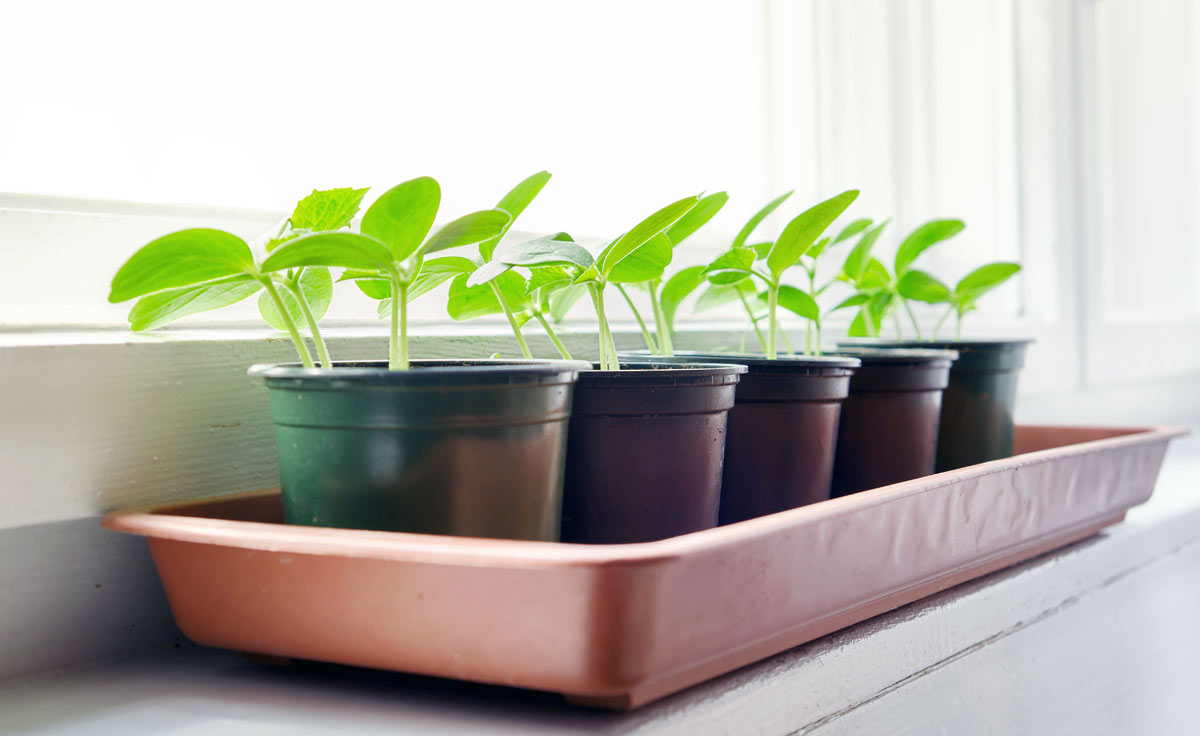
How to Organize Cooking Spices
Dried herbs and spices seem to be one of those cooking extras that often get neglected to the back of a cupboard, sometimes for years and years! No wonder those back-of-the-cupboard dried herbs don’t have any kick!
As some dried herbs lose their pungency easily, it is wise to throw out any back-shelf hideaways and start again from scratch. Dried herbs and spices are not that expensive and as they can make a big difference to a range of meals so it is clearly productive to replace old for new.
The first step to the effective organization of anything is to do it according to your own needs, rather than an ideal of what Martha Stewart of Julia Child would be proud of. They are not the ones who have to live here, you are. It may be very nice to want to have all your spice containers look the same way and fit in little organizers but, the second you get a large container of garlic powder or sea salt from Costco, your system gets thrown into Chaos.
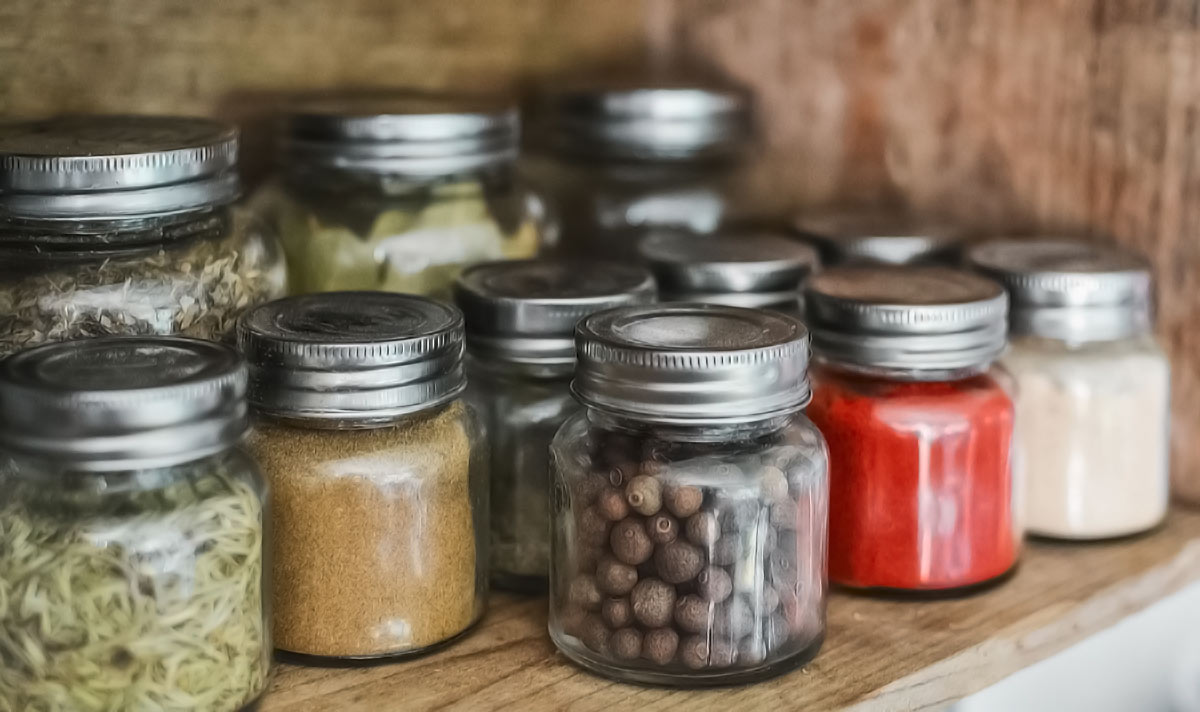
Separate Spices into Categories
Generally, there are three groups of spices: everyday use, such as salt and pepper; general cooking, such as curry, garlic powder, and cilantro; and baking, such as baking powder, baking soda, and vanilla extract. Sure, you might cross-use them occasionally but, chances are you'll be able to remember that vanilla extract belongs closer to the flour than the salt.
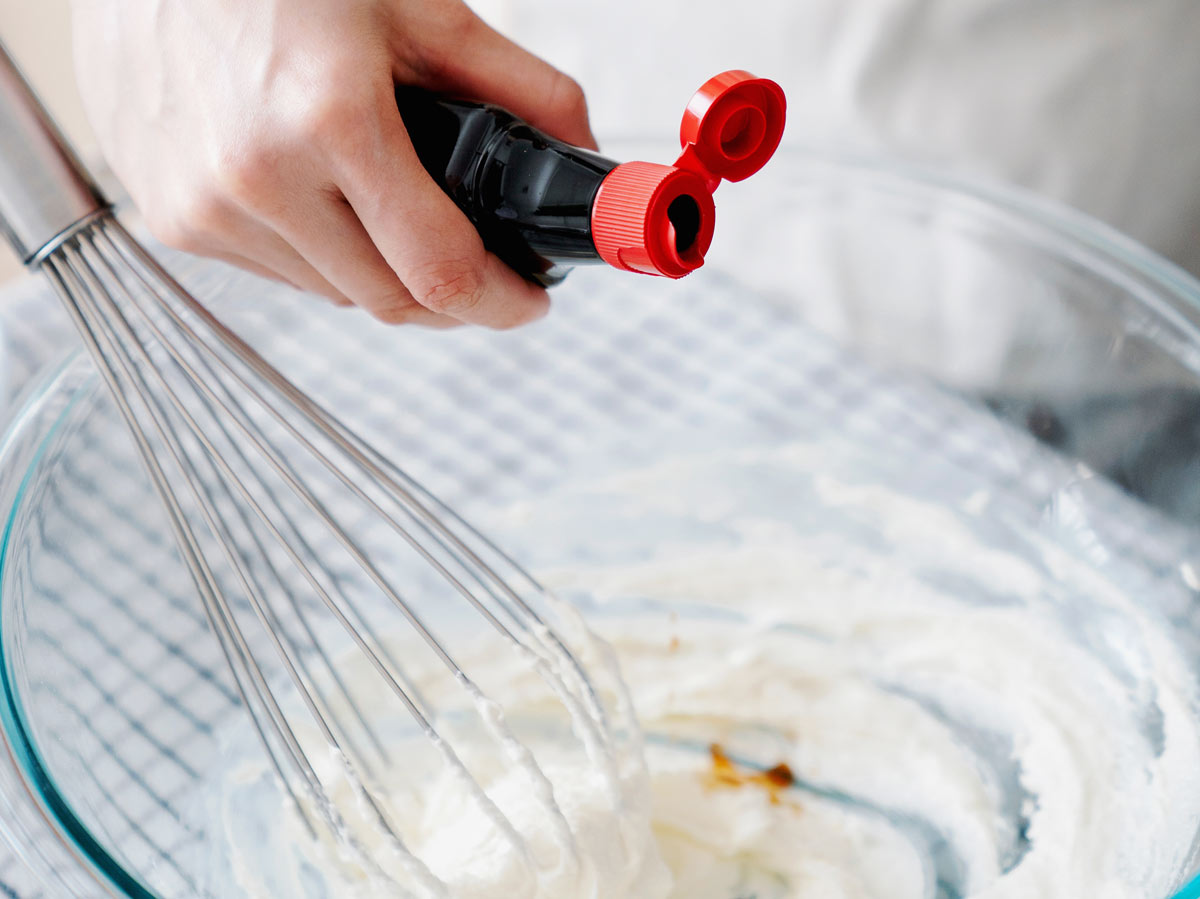
Store Them Where You Look For Them
When you are preparing to bake those muffins, it is very helpful to be able to find all your dried goods stored in the same area. So, the flour, baking soda, baking powder, sugar, etc., are all near each other. Usually, this will take up one of those taller spaces in the pantry. If there is room on the same shelf, go to the dollar store and get a bin in which to put all the smaller packages and containers that are usually only used for baking. There really is little reason to keep cream of tartar with the main cooking spices. It just takes up space and adds clutter to that area.
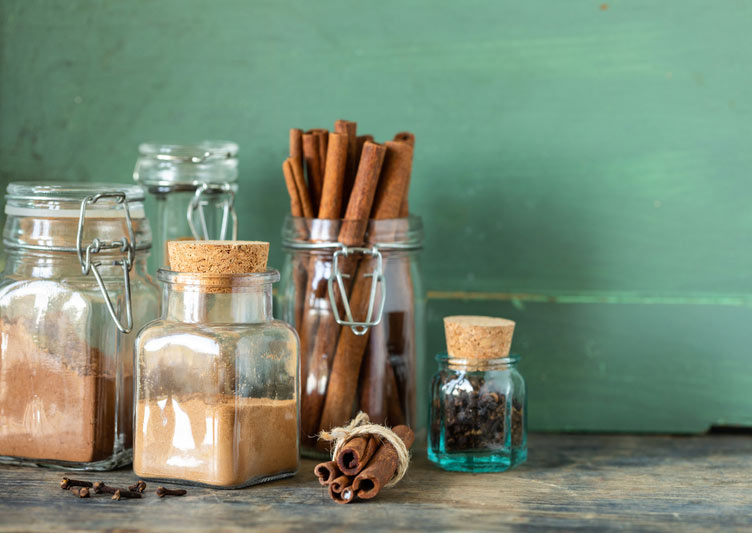
Air Tight Means Fresher Longer
Sometimes, it makes sense to buy spices in pouches instead of that neat little glass or plastic bottle. It saves a ton of money but, makes it much harder to keep the spices fresh longer. A cheap alternative is to transfer them into small re-sealable zipper storage bags. If you prefer, go to the dollar store and pick up some generic spice bottles. The trouble is that the pouches come in different sizes and you probably won't fit all of the contents into the bottles. So, you'll still be left with open spices that will go stale before you'll ever use them and will long since forget that you have them, or why.

Label, Label, Label
Some spices, you may use often, and others you may find have only been purchased for specific recipes. While you don't need to leave yourself hints about salt and dried onions, you may be less likely to remember what foods go best with basil versus tarragon. On the other hand, you may find that some spices are universal except for one or two foods. For instance, Cajun can be a favorite almost all of the time but really does not work well with stewed cabbage.
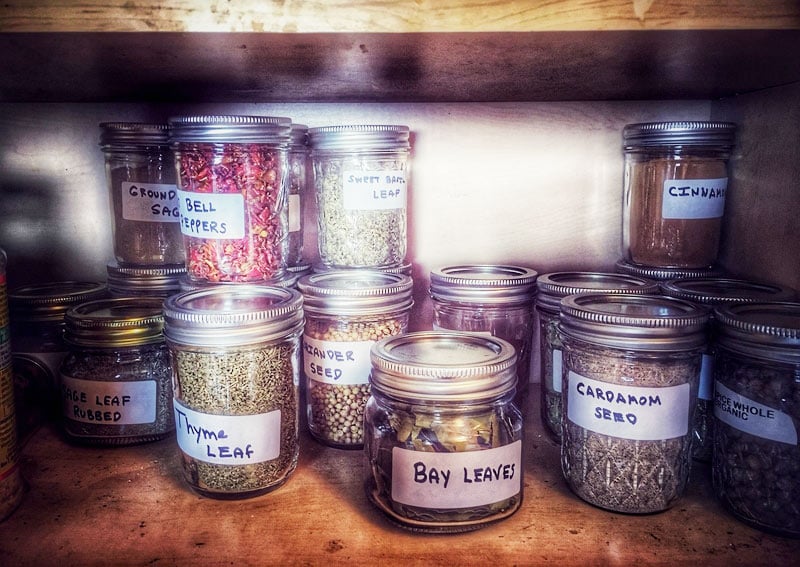
Some re-sealable bags come with a space for labeling. If yours don't, either use a label maker or simply use something like Avery labels to keep track of the following:
Name of spiceExpiration date from the original package, if available, or date the package was unsealed and exposed to airRecommended foods (goes well with...) and helpful hints such as what to avoid adding them to
Avoid Loose Storage
Without proper storage containers, all of your efforts for sorting and labeling will do you little good. After all, a bunch of properly labeled and sealed baggies are still a bunch of baggies. It is helpful to invest in some inexpensive Tupperware style containers that can be easily taken off a shelf and put back. All of the baggies can be put in either one or multiple containers.

Buy whole spices
Whole spices retain their flavor for much longer and give more kick over their dried counterparts. For this reason, a pestle and mortar is a really good investment for the kitchen cook. It is much better to quickly grind some whole spices and release the flavor just before cooking than it is to use dried herbs that might have been sat in a jar for a year! Even so, grinding dried herbs using a pestle and mortar can also help to release a little extra essence from them.
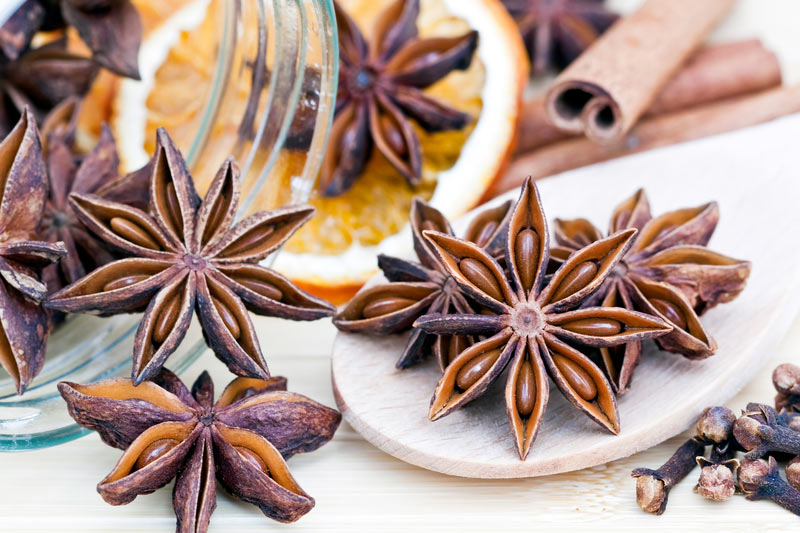
Dried herbs tend to need to be away from direct sunlight, but at the same time need to be readily available, not stuck at the back of a cupboard. A handy spice rack, if stored away from direct sunlight, can therefore be a much-welcome purchase.
It is also great to keep dried herbs away from moisture as this can quickly adversely affect the quality and life of the herb. For this reason, too, it is wise to ensure that any spoons, or other implements that might come into contact with herbs, are also clean and free from water. Dried herbs will rarely be as good as fresh, but it is clear that there are things that can be done to maximize their effectiveness.
Less is more in this case because there is such a thing as too much planning. Micro organizing the containers will be difficult to maintain because after finishing a complicated recipe you will just want to clean up quickly, not stand there and alphabetically sort your spices.
However, if you have a lot you may consider sub-grouping. Perhaps all of the dried leafy herbs can go together and all the Indian curry spices can be grouped together. Besides, you probably don't want your oregano smelling like cumin.
So grab your bottles and bags and let's get cooking!
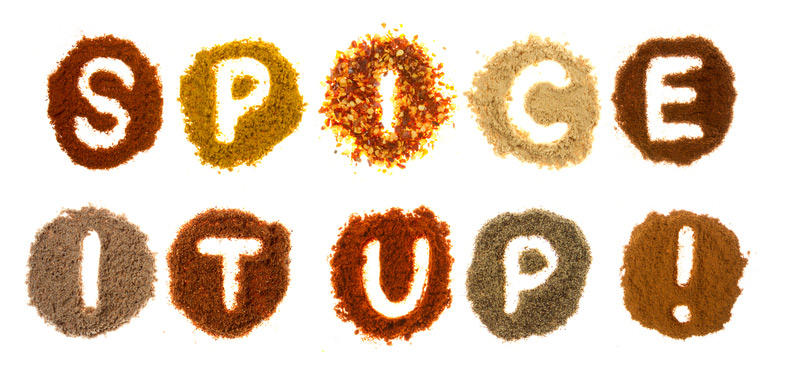


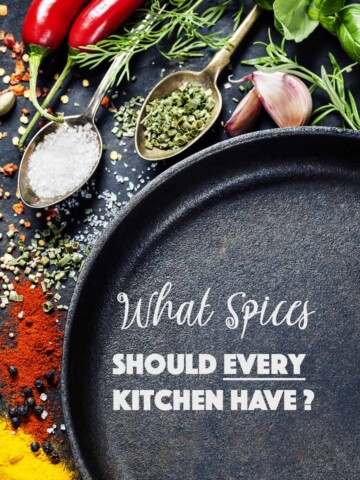
Comments
No Comments